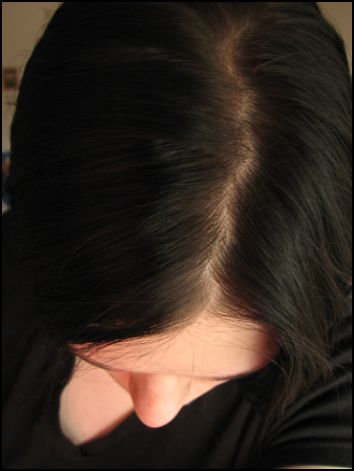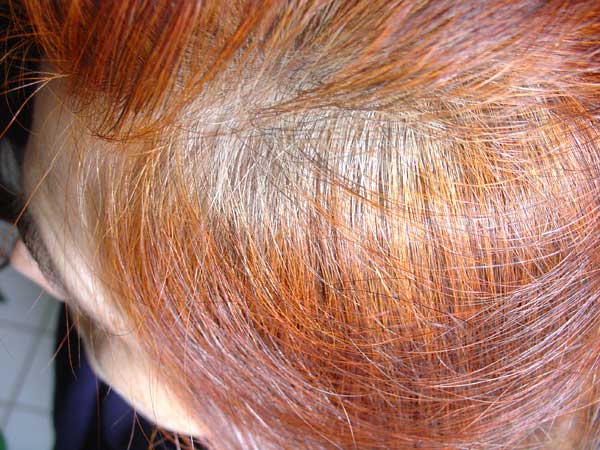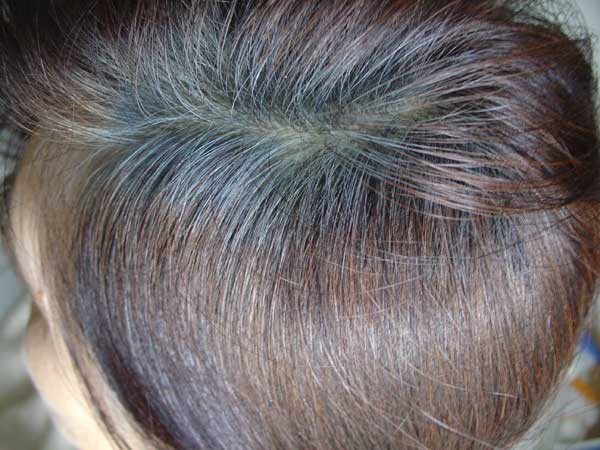Hallo,
ich habe soeben das hier gefunden - Keine Ahnung ob diese Zusammenfassung schon im BeautyJunkies-Thread steht/verlinkt ist (21 Seiten waren mir dann doch zuviel..), aber es ist zumindest eine gute Erklärung.

"The
Katam / Indigo Mystery !
I became interested in
katam as a herbal hair colour when I found it commonly referred to in eastern literature as a type of plant, “similar to henna”, used for dying the hair. I used to think that indigo was
katam, as it works in a way which is very similar to
katam when mixed together with henna. Identifying
katam has always been a difficult task because, unfortunately, many of the ancient texts have been translated into the English language by people without specialist knowledge of herbs and plants. Some texts do specifically identify
katam as indigofera tinctoria [indigo] which looks remarkably similar to henna when its leaves are crushed into powder, except that it tends to be just a little more green in colour. And it’s true that indigo behaves like
katam so that it will turn henna brown and also almost black ( depending how long you leave it in for). When you apply (together or separately) henna and indigo to the hair it generally produces dark brown or a shade of black with dark red or auburn undertones.
My research of eastern literature and plants and herbs lead me initially to understand and believe that the “
katam” referred to by the ancient herbalists was in fact the indigofera tinctoria plant. It works exactly the way it is described in the literature and it’s even termed “indigo”. But the problem with conclusively determining that indigo was
katam was the varying texts and differing reports - some people would say the colour of
katam is black and others would say it is green. Some would say it is the “reddish root of a plant from Yemen”. The problem there with identifying indigo as
katam was that although the indigo plant itself is green and it has the ability to produce a brown / or black colour, it doesn’t have red roots ! So the
katam mystery was, for a long time, unresolved !
Dr.Olga Engelhardt (
http://www.henna-und-mehr.de), has now been identified
katam as : Buxus dioica. This is what Dr.Engelhardt says about
katam :”
“yesterday my colleague Dr. hanne schönig (who is considered as the expert about yeminite herbals) sent me an answer to my questions about
katam in sending me an extract of her book. I didn’t get the font for the arabic transcription she used and so I was not able to get a full understanding of the extract. Nevertheless it answered my question about the latin name of the herb and so I was able to do further research in the internet. The latin name of
katam is Buxus dioica. To know more about this I typed this word in google and got only two arabic websites. the first
http://www.science4islam.com/index.aspx?act=da&id=211 mentiones in arabic all what is in the arabic literature available (hadith and others scholars on the tibb an-nabi) on this herb. As I read this I understood the references from Hanne Schönig and also the mistakes which were made in the translations of texts on
katam. The second
http://rawasy.net/narticle.php?sid=2143 seems to me an yeminite site and it presents text on henna, naqsh, and
katam in such tiny letters that I was not able to read it all. I went to the wikipedia and typed there too Buxus dioica:
http://de.wikipedia.org/wiki/Buxus, here I got only the description of the whole plant family and a long list of all plants known of the family but no mention of
katam or Buxus dioica. The same case in the english wikipedia. But in the German wikipedia was a botanical pic with a description applying to all plants of the buxus family. It fits the desription given by hanne schönig, the description by the islamic scholars and my sample of the dried plant.
The plant itself grows only in the high mountains and is found rarely (that explains the high price). It strengthens the hair and darkens the color of henna and makes it last longer. I used it together with henna to color the hair between red and black but it is rarely demanded by customers nowadays (I guess since the arrival of the PPD-containing annelincolors). The latter point explains my impression that employed alone (the pulverised leaves of it) it doesnt really dye black. But it darkens the hair and gives them a faint red shine. I have used since I came back from Yemen two times the
katam with henna together and had each time the feeling, that my hair was a little bit darker than before. Also, I think that it does not color very even. some strains were really black, like the hair I had before I became grey and in other parts, it seems to me that there is no difference to hennared.”
So, according to Dr.Olga Engelhardt, indigo is NOT
katam ! But it is remarkably similar. I have used both indigo (indigofera tinctoria) and buxus dioica and compared them, and I like to call buxus dioica “baby indigo” as it works exactly like indigo and , in my view, it is effectively a less potent form of indigo. I would suggest that indigo may be used like
katam if carefully applied for the appropriate period of time to avoid the hair colour reaching a black shade. It is 100% pure and herbal and can be used with henna to produce a brown hair colour and many other hair colours - see the hair colour galleries for colours and ideas."
(Quelle:
http://www.renaissancehenna.com/mystory.htm)
Gruß,
das Wolfsknäul
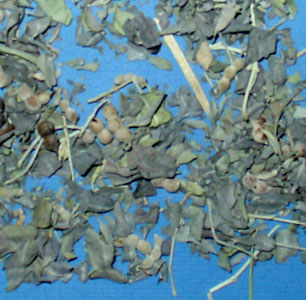
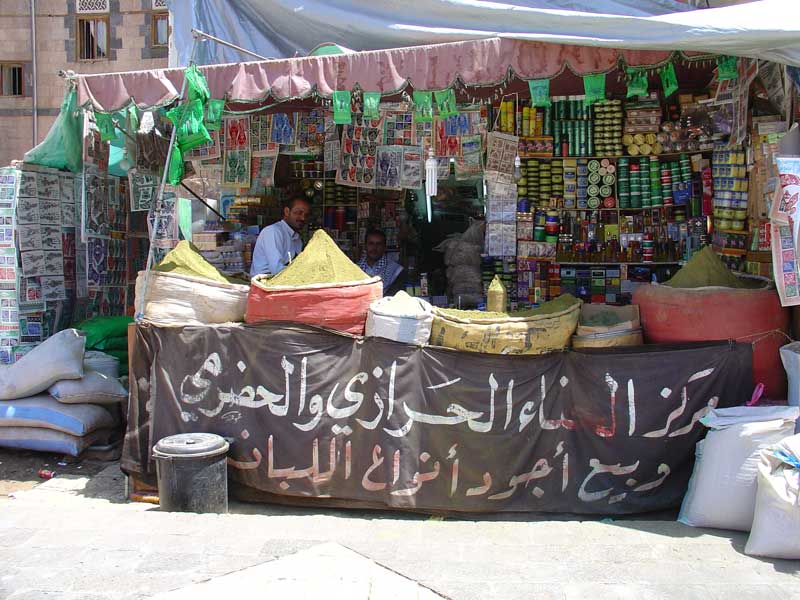
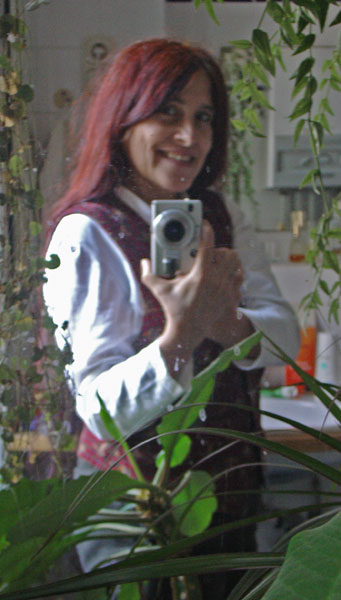
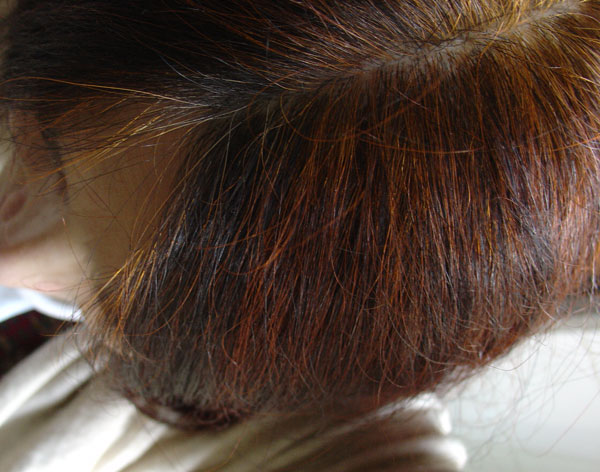 .
. 